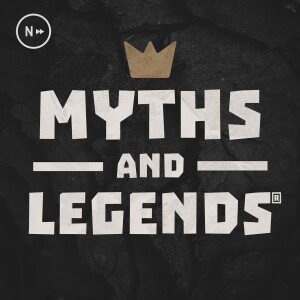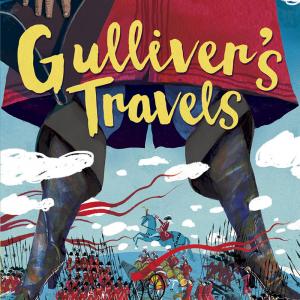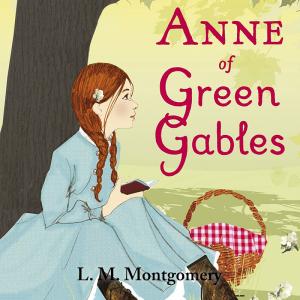

A Game of Existential Exploration: Hopscotch by Julio Cortázar
"Hopscotch" by Julio Cortázar is a novel written in a non-linear format that tells the story of a group of individuals in Paris during the 1950s. The book offers multiple possible reading paths for the reader to choose, allowing for different narratives and interpretations.
The primary plot follows Horacio Oliveira, an Argentinean writer living in Paris, as he navigates intellectual circles, relationships, and existential crises. The novel explores themes like love, identity, freedom, and the search for meaning in life.
However, what sets "Hopscotch" apart is its unconventional structure. The book is divided into three sections: "From the Other Side," "From Diverse Sides," and "Expendable Chapters." Readers can choose to follow the traditional order of the chapters or engage with the "Expendable Chapters" that offer alternative narratives and different perspectives of the characters.
By giving readers control over the order in which they read the story, Cortázar invites them to actively participate in creating their own unique reading experience. It provokes reflection on the nature of literature and the role of the reader in constructing meaning.
Overall, "Hopscotch" is a complex and experimental novel that explores philosophical and existential concepts through its unique narrative structure.
Chapter 2:Author of Hopscotch
Julio Cortázar was an Argentine writer and intellectual, known for his innovative and experimental writing style. Born on August 26, 1914, in Belgium, Cortázar moved to Argentina with his parents at the age of four. He studied literature and languages at the University of Buenos Aires and later worked as a teacher and translator.
Cortázar gained international recognition for his prominent novel "Hopscotch" (original Spanish title: "Rayuela"), which was published in 1963. This groundbreaking novel is considered one of his most significant works and a classic of Latin American literature. It challenges traditional storytelling conventions by allowing readers to choose their own narrative trajectory through a variety of possible paths and alternative endings.
Known for his mastery of various literary genres, including short stories, poetry, and essays, Cortázar was deeply influenced by European surrealism and the avant-garde movement. His writing often incorporates elements of fantasy, magic realism, and an exploration of existential themes.
Beyond "Hopscotch," Cortázar's other notable works include "Blow-up and Other Stories," "Bestiary," "Final Exam," and "The Winners." He was an active participant in political and social activism, expressing his opposition to dictatorship and his support for human rights. Cortázar passed away on February 12, 1984, leaving behind a lasting literary legacy that continues to captivate and inspire readers around the world.
Chapter 3:Why is Hopscotch worth reading
There are several reasons why "Hopscotch" by Julio Cortázar is worth reading:
- Experimental narrative structure: "Hopscotch" is known for its unique and innovative narrative structure. The book is divided into multiple sections that can be read in different orders, allowing readers to choose their own path through the story. This inventive structure challenges the traditional linear storytelling format and encourages active reader engagement.
- Exploration of existential themes: The novel delves into profound philosophical and existential questions. It explores the nature of reality, identity, love, and the human condition. Cortázar's writing often combines elements of the absurd and the surreal, creating a thought-provoking reading experience.
- Deep characterization: The characters in "Hopscotch" are complex and multi-dimensional. Cortázar carefully constructs their inner worlds, motivations, and conflicts. The readers become deeply invested in their lives and struggles, which adds emotional depth to the narrative.
- Literary experimentation: Cortázar was a key figure in the Latin American literary movement known as the "Boom," alongside writers like Gabriel García Márquez and Mario Vargas Llosa. "Hopscotch" showcases Cortázar's mastery of experimental techniques, such as stream-of-consciousness, metafiction, and intertextuality. These techniques make the novel a rich and intellectually stimulating read.
- Reflection on art and literature: Through the character Horacio Oliveira, Cortázar reflects on the role of art and literature in society. He contemplates the power of literature to challenge conventions, the interaction between the artist and their work, and the ways in which literature can shape our understanding of the world.
Overall, "Hopscotch" is worth reading for its innovative narrative structure, profound exploration of existential themes, deep characterization, literary experimentation, and reflections on art and literature. It is a literary masterpiece that continues to captivate and challenge readers today.
More Episodes
All Episodes>>Creat Yourt Podcast In Minutes
- Full-featured podcast site
- Unlimited storage and bandwidth
- Comprehensive podcast stats
- Distribute to Apple Podcasts, Spotify, and more
- Make money with your podcast














